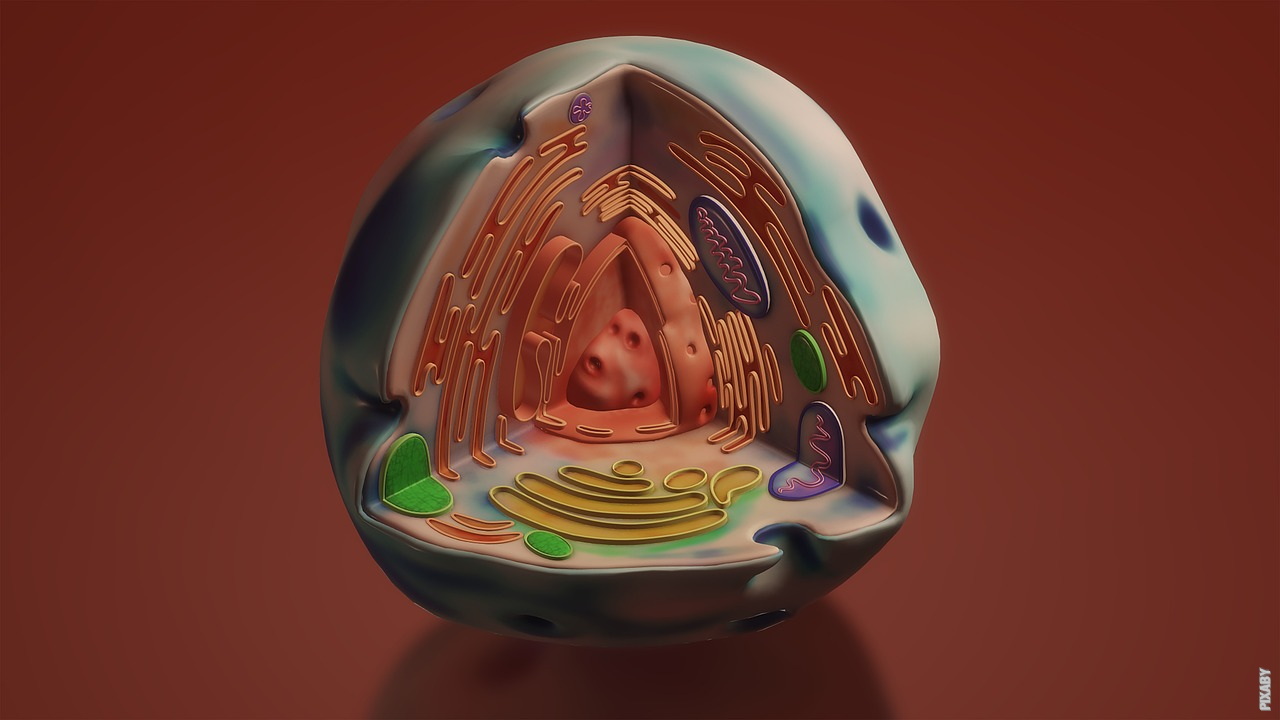The Invisible Powerhouses of Our Cells
Deep within the intricate world of cells lies an extraordinary organelle called mitochondria. While they may appear inconspicuous, these tiny structures play a vital role in powering the countless functions of our bodies. Let’s embark on a journey to explore the hidden wonders of mitochondria and uncover their remarkable secrets.
An Ancient Partnership
Over a billion years ago, a remarkable event occurred in the history of life on Earth. A primitive cell engulfed a free-living bacterium, establishing a symbiotic relationship that would change the course of evolution. This merger gave rise to mitochondria, which retain their own genetic material and replicate independently within our cells.
The Power of Respiration
Mitochondria are best known for their role in cellular respiration, the process by which cells convert nutrients into energy. They act as the powerhouses of our cells, generating adenosine triphosphate (ATP), the molecule that fuels all of our biological activities.
A Multifaceted Existence
However, mitochondria are not limited to energy production alone. Recent studies have revealed their involvement in a myriad of other crucial cellular processes. They contribute to calcium signaling, regulate cell growth and death, and even participate in immune responses.
The Dynamic Shape-Shifters
Unlike most organelles, mitochondria are not static entities. They constantly undergo fusion and fission, forming interconnected networks or dividing into separate entities. This shape-shifting ability allows them to adapt to the ever-changing needs of our cells.
Post
Post
Mitochondrial DNA: A Genetic Time Capsule
Deep within the mitochondrial matrix lies a small circular genome. Mitochondrial DNA (mtDNA) contains crucial genes that encode proteins essential for energy production. Interestingly, mtDNA is passed down exclusively from mother to offspring, providing valuable insights into human ancestry and evolution.
The Dark Side: Mitochondrial Diseases
Despite their crucial role, mitochondria can also be a source of trouble. Mutations in mitochondrial DNA can lead to a range of debilitating diseases, collectively known as mitochondrial disorders. These conditions often affect energy-demanding organs, such as the brain, heart, and muscles, causing symptoms that can vary widely from mild to life-threatening.
Unraveling the Mysteries
While much progress has been made in understanding mitochondria, there is still so much to explore. Scientists continue to unveil the intricate mechanisms that govern mitochondrial function, hoping to shed light on their involvement in diseases and discover potential therapeutic interventions.
The Endless Wonder of Mitochondria
As we delve deeper into the microscopic world, we realize that mitochondria are far more than just cellular powerhouses. They are the guardians of life, the enigmatic architects of energy, and the ancient storytellers of our evolutionary past. So, let us marvel at the wonders of these invisible organelles and appreciate the profound impact they have on every single one of us.



